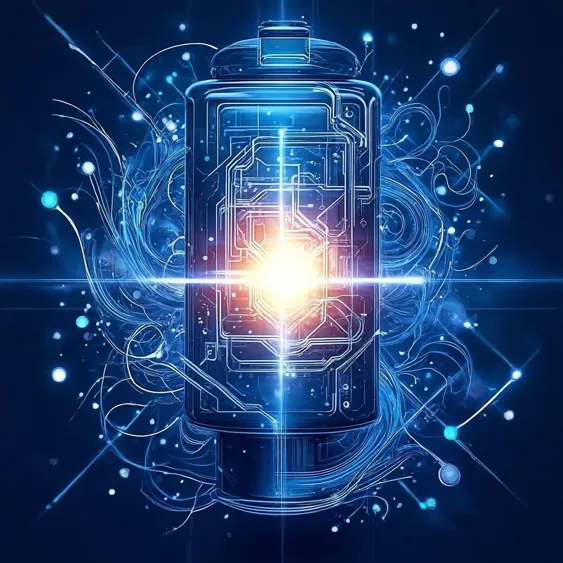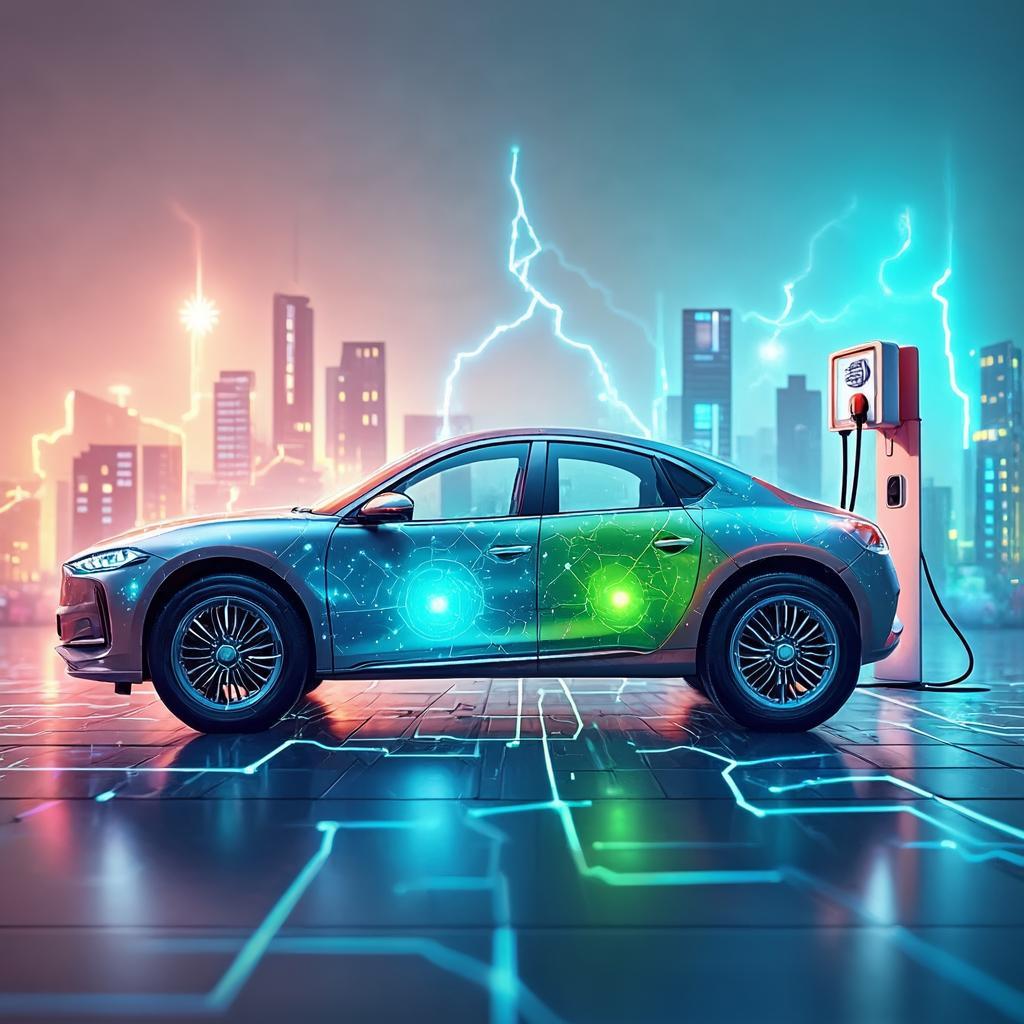LG Energy Solution signs $4.3B battery supply deal

The recent announcement from LG Energy Solution, regarding a monumental $4.3 billion battery supply contract, marks not just a pivotal moment for the company but also signals deeper implications for the electric vehicle (EV) sector and U.S.-China trade dynamics. The undisclosed customer and the timing of the contract, set to end in 2030, add layers of intrigue while hinting at LG’s strategic maneuvering in a fiercely competitive market. This deal could provide significant leverage for LG as it expands its footprint in North America, particularly in light of increased tariffs and supply chain uncertainties stemming from U.S.-China relations.
At first glance, the sheer scale of this contract, now surpassing LG Energy's reported quarterly revenue of approximately $4.05 billion, is impressive. The potential partnership with a key player like Tesla underscores the critical role of battery suppliers as automakers ramp up their shift toward electric mobility. Notably, LG’s previous collaborations with Tesla and General Motors hint at strong synergies that could drive up their respective EBITDA margins amidst rising global EV adoption. Yet, investors would be wise to heed LG’s caution regarding the variability of the contract, enforcing the notion that market dependency on singular contracts can expose companies to abrupt fluctuations.
Moreover, as LG boosts its production capabilities within the U.S., establishing plants in Michigan and Arizona, we can observe parallels to historical manufacturing pivots, akin to the post-2008 economic recovery era where firms sought greater regional resilience. This move not only bodes well for domestic job creation but may also serve to alleviate supply chain disruptions—an issue exacerbated by geopolitical tensions. However, one must ask: could over-reliance on a narrow supplier base hamper innovation and price competitiveness in the long run? While this contract represents a lucrative opportunity for LG, potential risks linger associated with technological shifts and alternative battery chemistries coming to market.
In conclusion, LG Energy Solution’s battery supply agreement serves as a vital indicator of ongoing transitions within the automotive and energy sectors. Stakeholders including investors, regulators, and consumers will be closely monitoring how this contract evolves and its implications for LG’s operational strategy and the broader EV market dynamics. Given the complex interplay of supplier relationships and geopolitical factors, companies must remain vigilant and agile, seeking opportunities while being wary of the looming risks. To capitalize on this growth trajectory, institutional investors should consider diversifying their portfolios across various segments of the EV supply chain, not solely focusing on the battery suppliers but also on competitors and innovators poised to challenge the status quo.
Read These Next

Agencies Reveal Economic Priorities for Second Half of Year
China outlines economic priorities for H2 2025, focusing on consumer demand and market stabilization to meet GDP growth targets.

Li Auto's Innovations Amid Market Challenges
Li Auto's annual report showcases strategic growth initiatives alongside significant market challenges. With the introduction of the Li i8 SUV and substantial investments in R&D, the company positions itself as a leader in the electric vehicle sector. However, operational and market risks must be carefully navigated to sustain momentum in an increasingly competitive environment.

US Net Borrowing Surge Sparks Debt Spiral Concerns
US federal debt reaches $36.7 trillion, raising concerns over fiscal sustainability and potential global economic impacts.
